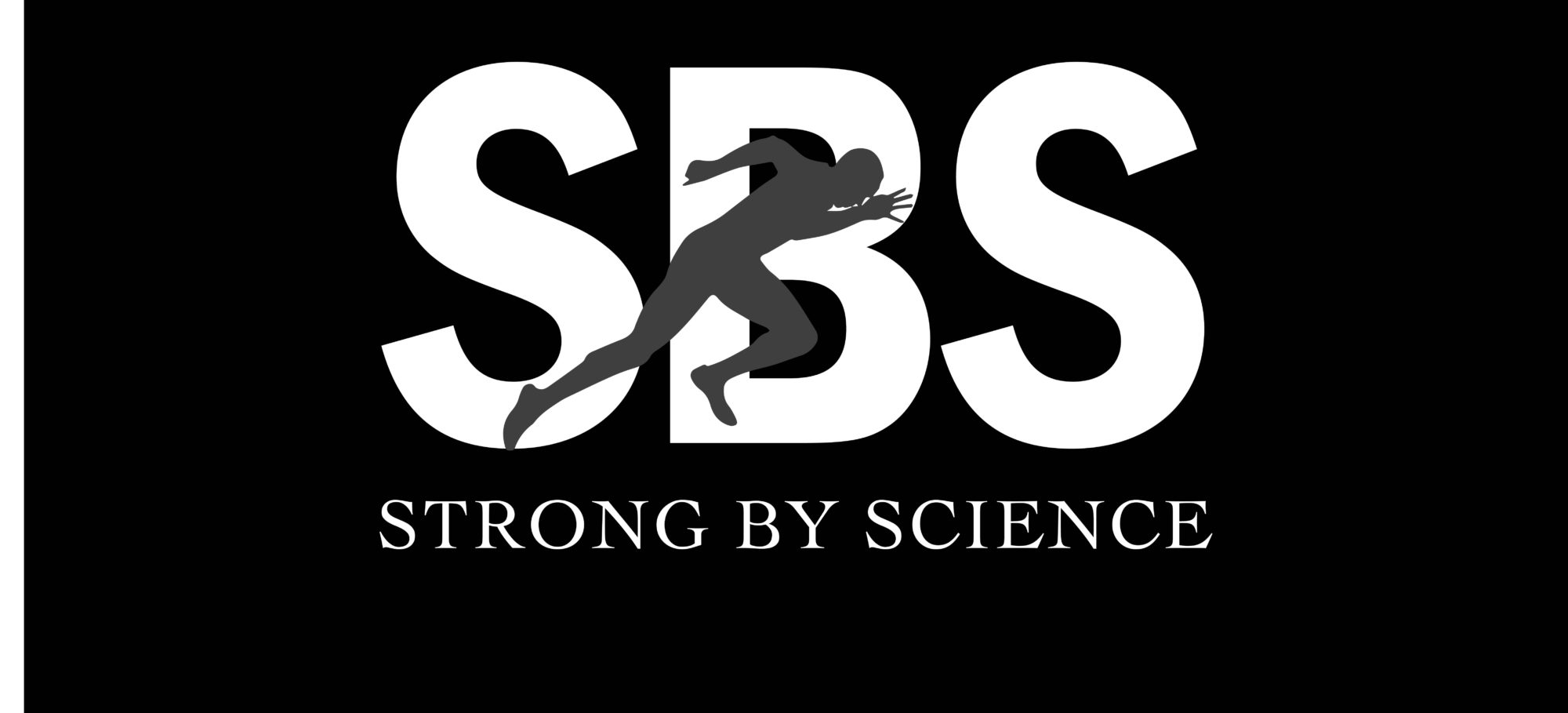By: Drake Berberet, CSCS
By now we should all know what eccentric strength is. If you don’t, you should probably purchase Triphasic Training right here (I’ll even provide the link, no affiliation).
Eccentric movement in its most simplest form is the reverse muscle action to concentric movement. Concentric movement is what we all think of when we think of lifting weights. For example, during a bicep curl the concentric movement is the actual “curl” part. The eccentric movement is the lowering down of the weight down…pretty simple right?

Continue reading “Supramaximal Eccentric Training For Posterior Upper Body Strength”








You must be logged in to post a comment.